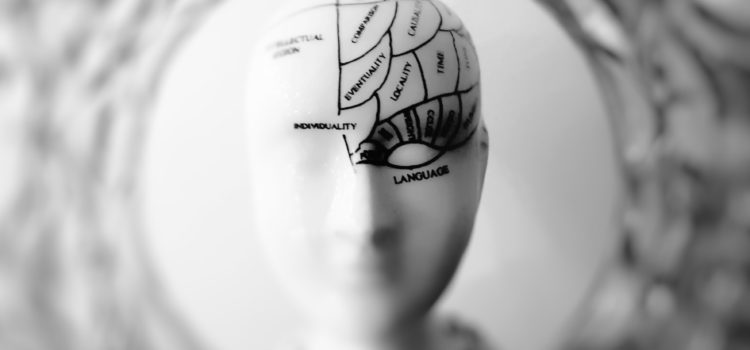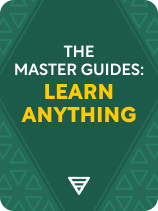

This article is an excerpt from the Shortform book guide to "The Master Guides: Learn Anything" by Shortform. Shortform has the world's best summaries and analyses of books you should be reading.
Like this article? Sign up for a free trial here.
Do you have trouble recalling what you’ve learned? Do you rely on last-minute cramming and hope for the best?
Often, the first step in any learning process is to absorb and memorize new information, whether it’s a list of historical facts, scientific concepts, or steps to perform a task. The trick is to do it in a way that lets you retain what you’ve learned and access it when needed in the future.
Read on for advice on how to remember what you learn and stop squandering your study and practice time.
Remembering What You Learn
If you want to know how to remember what you learn, it helps to understand how memory works, what practices help strengthen memorization, and what mental techniques make it easier to recall what you’ve memorized.
In Learning How to Learn, Barbara Oakley and Terrence Sejnowski write that, before knowledge can enter your long-term memory, it first needs to go through your working memory. Working memory temporarily holds facts, thinks through information, and solves problems. It’s a crucial part of the learning process, but it has limits—working memory can only hold three or four thoughts at a time, and if you try to think about more than that, you’ll likely forget some of those ideas. However, the neural connections that your working memory creates eventually enter your long-term memory once those connections have been sufficiently strengthened.
So, how do you pass information from your short-term into your long-term memory? In The Only Study Guide You’ll Ever Need, Jade Bowler states that your brain remembers information best by engaging with it repeatedly over time. Each time you review information, you’ll be able to remember it longer, eventually ingraining it into your long-term memory. You can also enhance this by connecting information to concepts you already know. For example, to remember the purpose of white blood cells—to fight disease—you might associate that information with a concept you’re already familiar with, like the mythological “white knight” who comes to someone’s aid.
Oakley and Sejnowski explain how this works on the neurological level, in which memories are based on neural connections. Connecting a new neural pattern in your brain (such as facts about white blood cells) to an existing one (the myth of the white knight) makes the new data easier to retrieve. One example of how to connect neural patterns is to create mental pictures to represent the concept you’re learning, especially if the concept isn’t visual. Pictures are easier to commit to memory than abstractions like words and numbers. So, if you can link a fact to a mental image, you not only create more neural connections, but you connect them to something (namely the picture) that’s easy to retrieve from memory.
Many people try to burn information into their memories by rereading, but the authors of Make It Stick say this approach only commits the information to your short-term memory, making it a waste of time in the long run. Instead, the most effective way to improve retention of new information is through retrieval practice, which is any exercise that requires you to recall what you’ve learned. You can practice retrieval with classroom quizzes, flashcards, self-testing, and reflection when you assess how you approached a particular problem and how you can improve next time.
| Example: Jack and Sara Fill Their Heads Both music and science require memorizing information so well that you can recall it on command. For Jack, this means learning chord shapes and string-picking patterns, which he does through endless practice and repetition while associating the tactile feel of his playing with the different sounds that he produces. In physics class, Sara has to memorize many physical laws and how they’re represented in mathematics. To do this, she associates each mathematical formula with a mental image of the physical reaction that each law represents. For example, to remember that an object’s momentum is equal to its mass multiplied by its velocity (p=mv), she imagines a giant boulder (the mass) rolling quickly downhill (its velocity) as Indiana Jones tries to outrun it. |

———End of Preview———
Like what you just read? Read the rest of the world's best book summary and analysis of Shortform's "The Master Guides: Learn Anything" at Shortform.
Here's what you'll find in our full The Master Guides: Learn Anything summary:
- How you can learn anything you want at any point in your life
- Advice from experts on how to master the skill of learning
- A guide on how to improve your memorization, comprehension, and more






